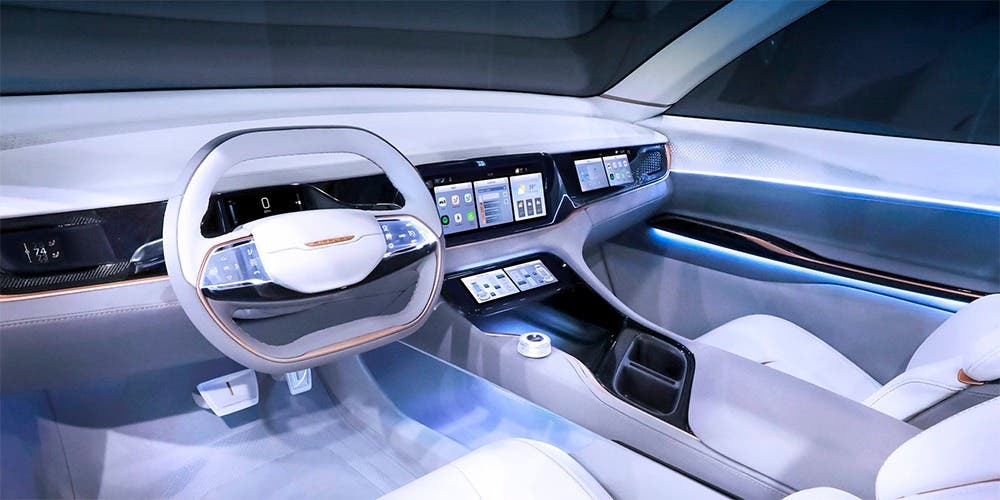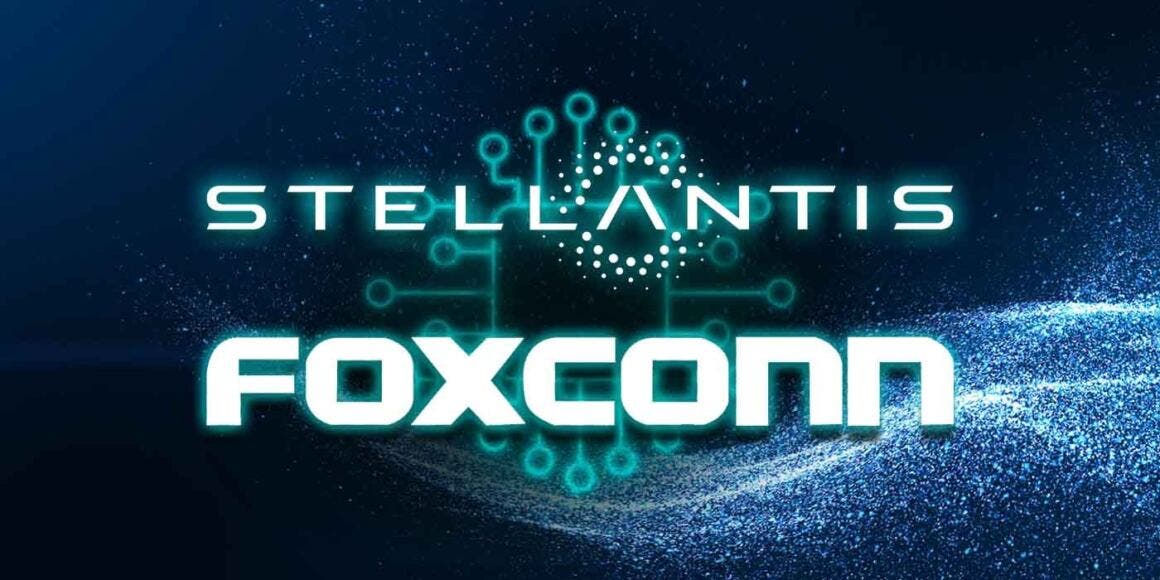SiliconAuto, a joint venture between Stellantis and manufacturer Hon Hai Technology (Foxconn), is developing and marketing a range of software-based ADAS chips for vehicles. Thanks to an agreement with Siemens, a software development environment will be available that will anticipate hardware availability, thus accelerating silicon design and allowing customers to work on applications in the early stages of the process. ARM, which designs the processor core, is already collaborating with Siemens on PAVE360 to create its digital twin.
The joint venture formed by Stellantis and Foxconn enters into an important agreement with Siemens

SiliconAuto‘s goal is to provide a virtual reference development environment for its future Advanced Driver-Assistance Systems (ADAS) System on a Chip (SoC). It is using PAVE360 to create a multi-client and multi-fidelity virtual development environment based on automotive standards that combines existing tools and models with new virtual SoCs and real-world inputs. This enables early software development and provides key metrics for decision-making criteria.
“SiliconAuto’s commitment to driving innovation in the automotive industry is exemplified by our collaboration with Siemens. By leveraging PAVE360, we are not only accelerating development but also paving the way for future-ready vehicles that meet the highest standards of safety and performance,” said Shawn Tien, Vice President of Sales and Marketing at SiliconAuto.

“The pace of development for advanced technologies required for next-generation electric vehicles is accelerating: OEMs and suppliers must be able to test, simulate, and iterate software capabilities long before hardware becomes available,” said David Fritz, Vice President, Hybrid and Virtual Systems, Siemens Digital Industries Software.
Fritz continued: “SiliconAuto’s choice of PAVE360 as the environment of choice for pre-silicon software development demonstrates that our standards-based approach enables automotive industry leaders to accelerate their development processes and deliver the functionalities required by the next generation of vehicles.”
